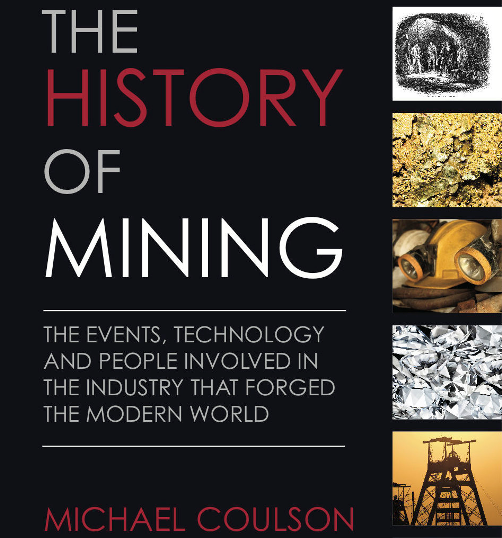The Thunder Bay Chronicle-Journal is the daily newspaper of Northwestern Ontario.
The people at Cliffs Natural Resources have been around, and know the challenges of mining in difficult conditions.
But this is a first: the multinational has had to extend deadlines on its environmental assessment process in Northern Ontario’s Ring of Fire because of a suicide crisis.
Another young man took his life a couple of weeks ago, prompting a spiral of despair in Neskantaga First Nation. Twenty young people in the small community of about 300 were put on suicide watch. The chief and council went to ground.
And the chances of them completing their feedback on time for Cliff’s environmental assessment terms of reference faded to zero.
“Neskantaga asked for some extra time on that, and given the circumstances, we figured that was right to do,” Bill Boor, Cliffs’ senior vice-president of global ferroalloys, said in a telephone interview. “We’ve been clear with people that we’re going to be the operator of this project long-term, assuming it goes forward. We plan to be there for a long, long time.”
“We kind of balance our interest in holding to a schedule with a very high level of interest in making sure we’re doing it right. And it’s not to our benefit to be solely schedule driven.”
It’s a small delay, but it comes at a time when Prime Minister Stephen Harper has made it a priority to ramp up the pace of mining and energy extraction.

























